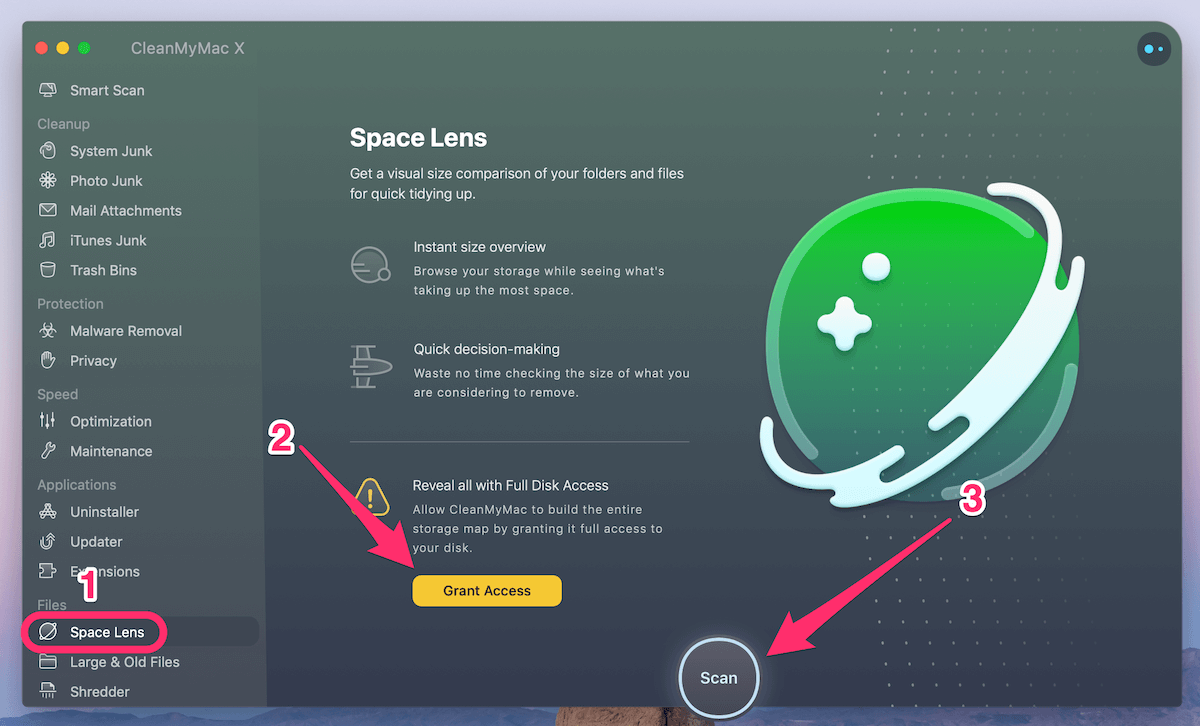
Is your Mac up to date with the latest version of the Mac operating system? Is it using the version required by a product that you want to use with your Mac? Which versions are earlier (older) or later (newer, more recent)? To find out, learn which version is installed now.
- May 19, 2020 Disk Inventory X is a free disk space analyzer, available for Mac OS X 10.3 and later versions. This app presents an overview of all disks on a machine. The results are presented in a graphical way called tree map.
- It was first released in 1999 as Mac OS X Server 1.0, with a widely released desktop version— Mac OS X 10.0 —following in March 2001. Since then, several more distinct desktop and server editions of macOS have been released.
With Spaceflow, you introduce an operating system that integrates both physical and digital aspects to create an elevated experience for your occupants. Combining an end-user app, admin console and community engagement, we’re transforming your properties into a new, digitally-driven realm. The history of macOS, Apple's current Mac operating system originally named Mac OS X until 2012 and then OS X until 2016, began with the company's project to replace its 'classic' Mac OS. That system, up to and including its final release Mac OS 9, was a direct descendant of the operating system Apple had used in its Macintosh computers since.
If your macOS isn't up to date, you may be able to update to a later version.
Which macOS version is installed?
From the Apple menu in the corner of your screen, choose About This Mac. You should see the macOS name, such as macOS Big Sur, followed by its version number. If you need to know the build number as well, click the version number to see it.
Which macOS version is the latest?
These are all Mac operating systems, starting with the most recent. When a major new macOS is released, it gets a new name, such as macOS Big Sur. As updates that change the macOS version number become available, this article is updated to show the latest version of that macOS.
If your Mac is using an earlier version of any Mac operating system, you should install the latest Apple software updates, which can include important security updates and updates for the apps that are installed by macOS, such as Safari, Books, Messages, Mail, Music, Calendar, and Photos.

| macOS | Latest version |
|---|---|
| macOS Big Sur | 11.3 |
| macOS Catalina | 10.15.7 |
| macOS Mojave | 10.14.6 |
| macOS High Sierra | 10.13.6 |
| macOS Sierra | 10.12.6 |
| OS X El Capitan | 10.11.6 |
| OS X Yosemite | 10.10.5 |
| OS X Mavericks | 10.9.5 |
| OS X Mountain Lion | 10.8.5 |
| OS X Lion | 10.7.5 |
| Mac OS X Snow Leopard | 10.6.8 |
| Mac OS X Leopard | 10.5.8 |
| Mac OS X Tiger | 10.4.11 |
| Mac OS X Panther | 10.3.9 |
| Mac OS X Jaguar | 10.2.8 |
| Mac OS X Puma | 10.1.5 |
| Mac OS X Cheetah | 10.0.4 |
In spite of its amazing features, the Macbooks hard drives fill up quickly after storing few data on it. We are unable to save a massive amount of data in the MacBooks. But we have here discussed some solution through which you can quickly free up space in MacOS and MAC OS 10. You can free up the disk space by following the simple tips.
Why should you free up disk space?
You must be wondering about, why should you free up memory space? You are doing any task, and you were about to save a necessary file. But suddenly you get a message from the system that your disk space is full; please free up disk. Well, it is the most horrible experience one can face.
You must be thinking about how to free up space in MacOS and MAC OS X? It is a bit difficult to free up space as there is also a chance of losing confidential data.
Space Flow Mac Os Catalina
Tips to Free Up Space In MacOS
Use cleaning software
No one has much time to waste on disk cleaning manually. Thus it is a better choice to use the cleaning app to get rid of files which are unnecessarily blocking your space. This app has all the features for cleaning the disk space accurately.
If you do not have the paid version of the cleaning software, then you can use the trial version to clear space. But please make sure to back up all your data before cleaning the disk space. Just in case you may lose your necessary data while cleaning the unnecessary files.
Delete the duplicate files
The other method you can try to free up disk space is to delete the duplicate files. Most of the time it happens that same file gets stored in the drive for multiple times. As a result, it takes a lot of memory space, and thus our memory becomes full. So you can also check for the duplicate files stored in the memory and if there exist any then delete it. This method will help you to free up space a lot.
Empty the Recycle Bin (Trash)
We delete files from the main folder, but we always ignore the recycle bin (trash). The deleted files or folders are removed to the waste so that we can restore it later on from there. But it also occupies the space in the disk.
However, the MAC can have multiple trash cans, so make sure to delete the files from the trash cans. It can save your memory space form unnecessarily occupying.
Space Flow Mac Os Download
Uninstall the applications which are not in use
Whatever application we install in the MAC, occupies some space. So always make sure not to install the applications which are needlessly taking space in the drive. Do a cross check for the apps and uninstall them which are not in use. It will also clear up many areas in the disk and Free Up Space In MacOS.
Find the large files
Check in the disk notification for the large files which are taking large space. If there is any, then delete the large files if it is not necessary for you. For example, if you have any video file which is very large, you can remove it or can save it in any external storage.
Remove the language files
The MAC supports various languages. Thus, it also has language files stored in it from the very beginning. It takes a lot of memory space in the disk, so you can delete the language files which are not understandable by you or which is not essential for you.
Cleaning up the download folder
We download various things from the internet every day. It gets automatically saved in the download folder in the system. Delete the files which are not in use now from the download folder. You will get a lot of space freed in the disk.
Trashing the junk files
Last but not the least, while performing various tasks in the system The MAC stores some junk files in it. It occupies some space which can slowly fill your memory. It will prevent you from saving essential data. However, it also slows down the system, and you can even get you to devise virus injected or malware detected. So, make sure to delete the junk files.
Conclusion:
Hope we were able to help you on your queries on How to Free Up Hard Disk Storage on MacOS and Mac OS X.